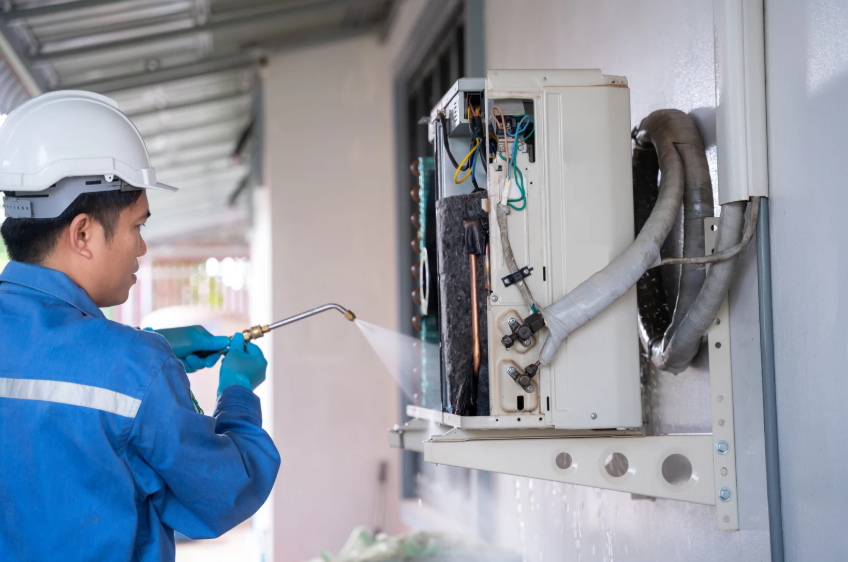
Chiller Rentals for Commercial Buildings: A Cost-Effective Cooling Solution
Efficient cooling is critical for commercial buildings, especially during peak

A green roof system is an innovative and environmentally friendly roofing solution that integrates vegetation, soil, and specialized layers to create a living roof. Unlike traditional roofs, green roofs provide multiple benefits, from environmental sustainability to energy efficiency. These systems typically consist of a waterproof membrane, a root barrier, a drainage layer, growing medium, and plants. There are three primary types of green roofs: extensive, intensive, and semi-intensive. Extensive green roofs are lightweight, low-maintenance, and often covered with drought-resistant plants like sedums. Intensive green roofs are heavier, designed to support a wider variety of plants including shrubs and small trees, and require more maintenance. Semi-intensive roofs offer a balance, providing moderate vegetation variety with manageable upkeep. Green roof systems also contribute to architectural aesthetics by transforming ordinary rooftops into vibrant green spaces that enhance urban landscapes.
Green roofs are not only functional but adaptable, suitable for commercial buildings, residential properties, and even public institutions. They help regulate building temperature, absorb rainwater, and reduce the urban heat island effect. Misconceptions about green roofs often include assumptions about high maintenance or structural limitations, but modern designs and engineering solutions have made these systems highly versatile. As cities look for sustainable development strategies, green roofs are gaining recognition for their ability to merge ecological benefits with architectural innovation.
One of the most compelling reasons to install a green roof system is the environmental impact it brings. These systems play a crucial role in reducing the urban heat island effect by absorbing heat and lowering surrounding temperatures. By retaining rainwater, green roofs decrease runoff and reduce the risk of urban flooding. They also contribute to cleaner air by filtering pollutants and absorbing carbon dioxide, improving overall air quality. The vegetative layer encourages biodiversity by providing habitats for birds, insects, and other small wildlife. Energy efficiency is another significant advantage; green roofs can reduce heating and cooling costs by providing insulation and regulating indoor temperatures. Additionally, they act as natural sound barriers, reducing noise pollution from urban environments. By protecting the roof from extreme weather and UV radiation, green roofs extend the lifespan of building materials, making them a practical investment for both residential and commercial properties.
Installing a green roof system requires careful planning and structural assessment to ensure the building can support the additional weight. Choosing the right type of green roof is essential, taking into consideration climate, building design, and intended use. Key materials include waterproof membranes, root barriers, drainage layers, and specialized growing medium to sustain plant life. The installation process typically involves layering these components systematically, starting with waterproofing, followed by drainage, soil medium, and finally vegetation. Common challenges during installation may include water leakage, improper drainage, or selecting plants that are unsuitable for the local climate. Collaborating with certified green roof contractors can prevent these issues and ensure a successful installation. While costs and timeframes vary based on roof size and complexity, the long-term benefits of reduced energy bills, environmental impact, and building protection make the investment worthwhile.
Maintaining a green roof system is essential to ensure its longevity and ecological effectiveness. Routine care includes inspecting the plants, irrigation systems, and drainage layers. Seasonal maintenance such as pruning, fertilization, and weed removal keeps the vegetation healthy and thriving. Regular checks for leaks or drainage blockages prevent potential water damage to the building structure. Replacing damaged plants or soil ensures the green roof continues to function optimally. Pest management and disease control are also important to maintain plant health. With proper maintenance, a green roof system can last for decades, providing continuous environmental, economic, and aesthetic benefits. Homeowners and building managers should invest in the right tools and follow guidelines to maintain the balance between beauty and functionality.
Green roof systems offer substantial financial advantages beyond environmental benefits. By improving insulation, these roofs reduce energy consumption and lower heating and cooling costs throughout the year. Property value may increase as buildings with green roofs are often perceived as more modern, sustainable, and attractive. Governments and municipalities frequently offer incentives, grants, or tax breaks for installing green roofs, making them more affordable. The return on investment can be realized over several years through energy savings and reduced maintenance costs compared to traditional roofs. Here are some economic benefits of green roof systems:
Green roof systems contribute significantly to urban planning and the development of sustainable cities. They help create healthier urban environments by reducing air pollution, managing stormwater, and cooling cities during heat waves. Green roofs can be integrated with other sustainable technologies such as solar panels or rain gardens, further amplifying their benefits. These roofs support urban agriculture by allowing spaces for small gardens, providing fresh produce, and fostering community engagement. Beyond environmental benefits, green roofs enhance mental health by offering visually appealing and serene spaces in otherwise concrete-heavy urban landscapes. Communities that embrace green roofs often experience improved aesthetics and social well-being. Additionally, policies supporting green roofs promote sustainability while encouraging property owners to invest in eco-friendly solutions.
A green roof system is more than just a roofing option—it’s a sustainable solution that enhances building performance, reduces environmental impact, and creates aesthetically pleasing urban spaces. From lowering energy costs to supporting biodiversity and stormwater management, green roofs provide tangible benefits for both individuals and communities. Proper installation, maintenance, and thoughtful planning can maximize their advantages, making them a worthwhile investment for property owners looking to merge sustainability with modern design. By choosing a green roof system, cities and homeowners can contribute to a greener, healthier, and more resilient future.

Efficient cooling is critical for commercial buildings, especially during peak
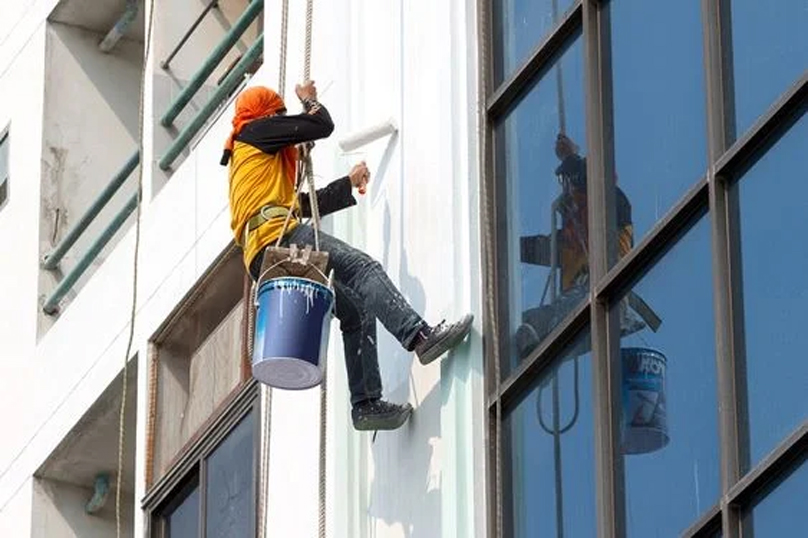
A fresh coat of paint does more than improve the
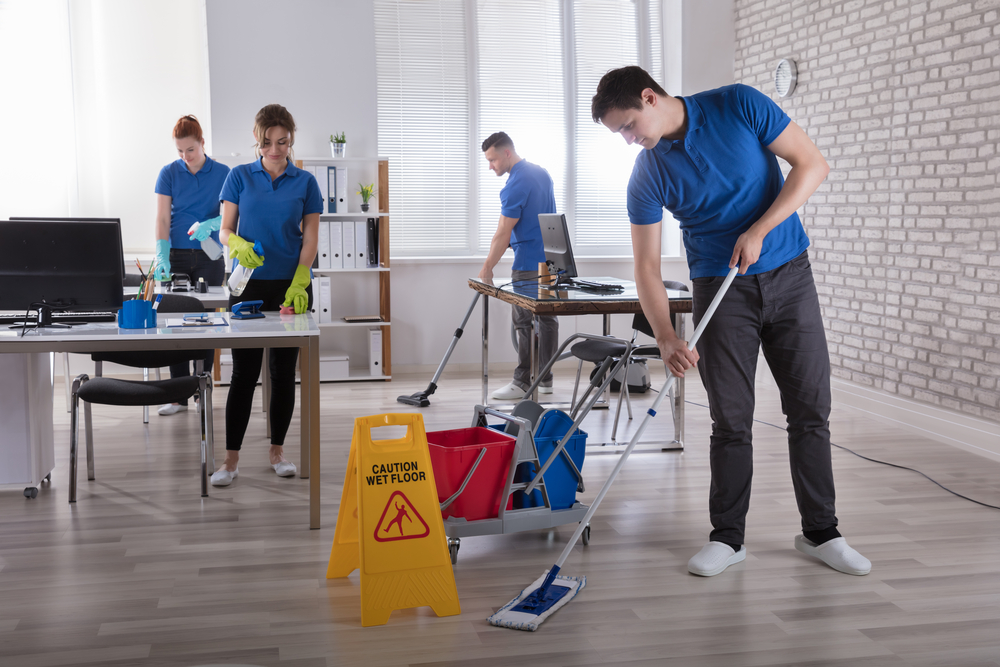
Maintaining a clean and organized office is essential for employee
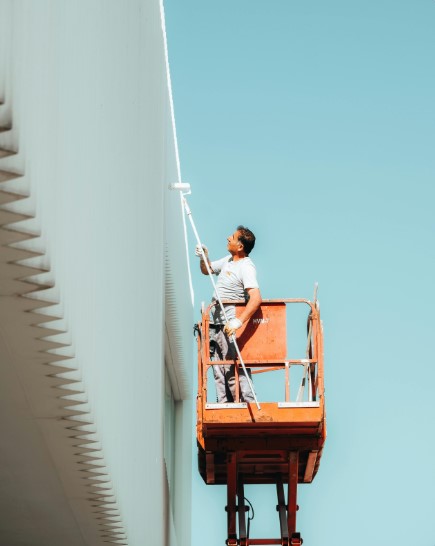
Colors play a significant role in shaping the mood, productivity,
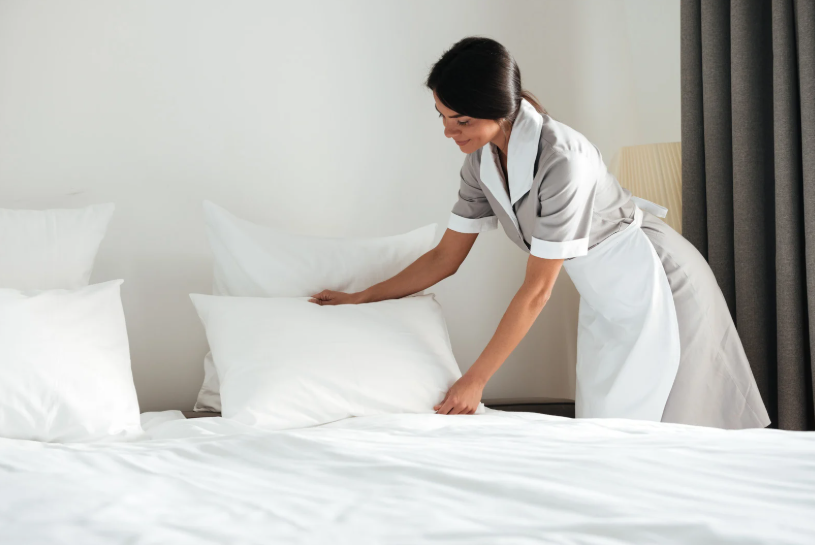
Busy work schedules and modern lifestyles often leave homeowners with
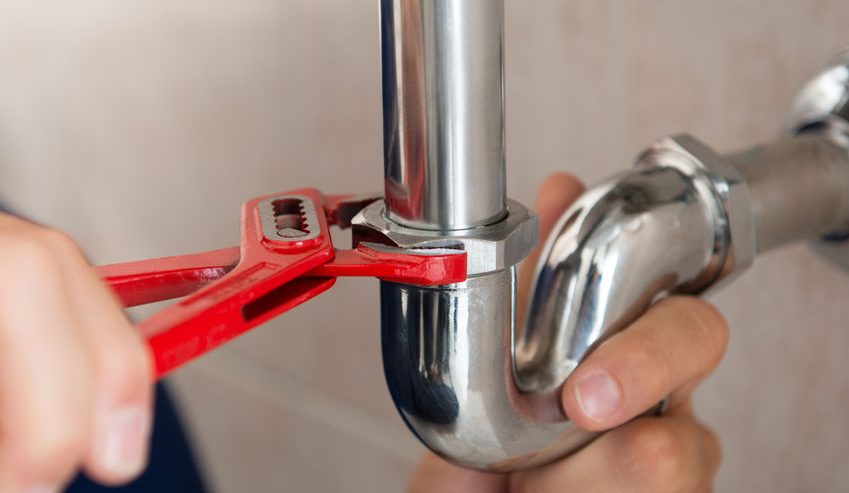
Understanding Water Leakage Water leakage is a common but often
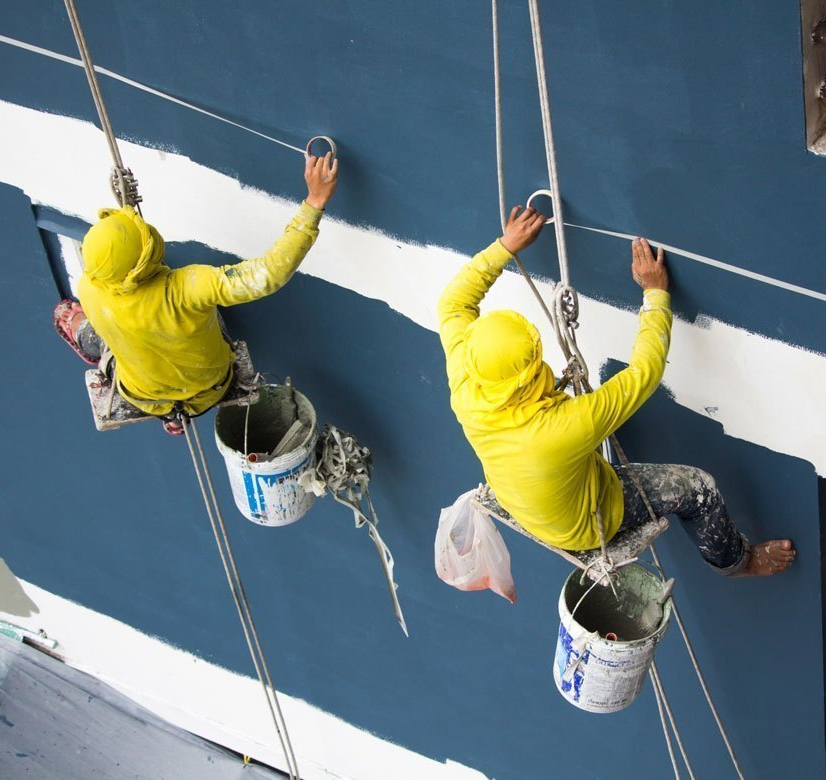
The Impact of Color and Finish in Commercial Spaces Color

Maintaining a landed property involves more than just upkeep; it
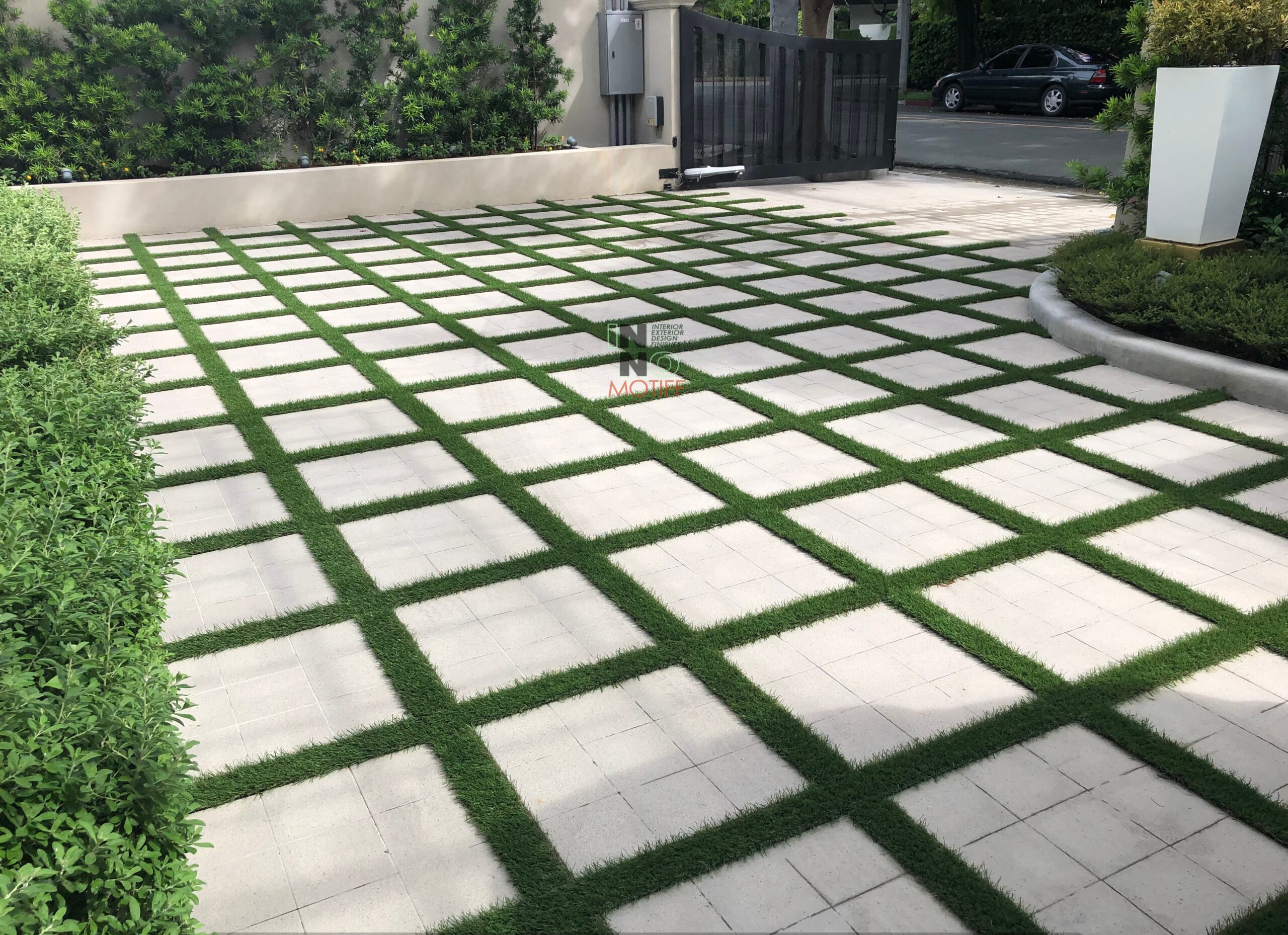
Urban living in Caloocan often comes with limited space for

A clean home provides comfort, peace of mind, and a